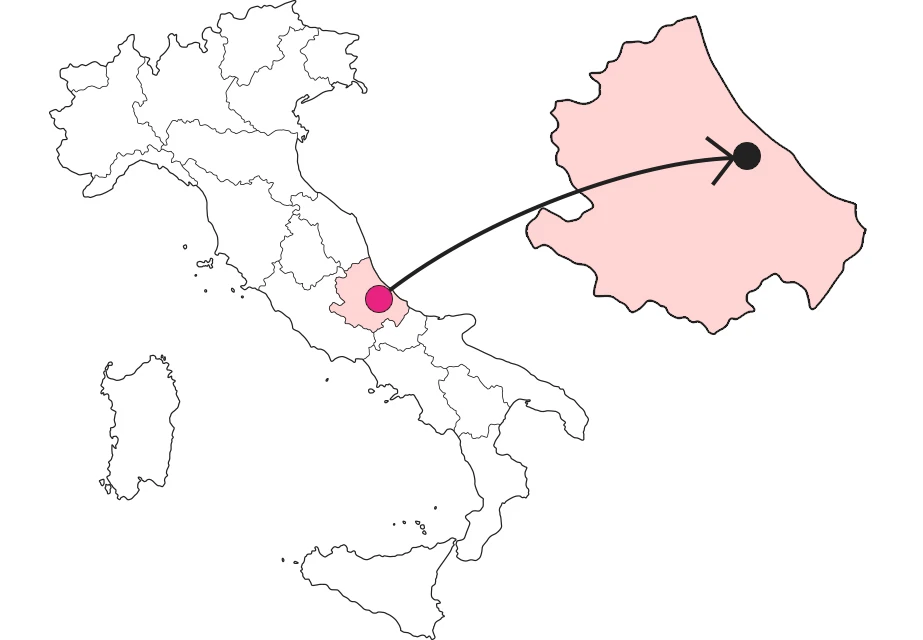SHARRYLAND


A shepherd king, the Capestrano Warrior
In Chieti, the history of an ancient Italic people carved in stone. At the MANDA Museum.



Where is

What it is and where it is
Chieti occupies the foothills of a ridge overlooking the Pescara Valley in the early Adriatic hinterland. Walking along its avenues, one enjoys views from the sea beyond the profile of the hills to the Gran Sasso and Maiella. In the center, one strolls along Corso Marrucino, whose name recalls the Italic people of the first settlement.
Why it is special
Rich in Roman memories, Chieti is home to the MANDA, Museo Archeologico Nazionale d'Abruzzo (National Archaeological Museum of Abruzzo), housed inside the Villa Comunale. The museum houses the most important archaeological collection documenting the culture of Abruzzo from prehistoric to late imperial times. The most striking section concerns the ancient Italic people of the Vestini, settled around the Gran Sasso in a vast area that descended from the Apennines to the Adriatic, encompassing the present cities of L'Aquila and Pescara. A people devoted to pastoralism, the Vestini nevertheless developed a remarkable warlike attitude, originally aimed at protecting their herds from raids.
Not to be missed
The centerpiece of the MANDA collection is the so-called Capestrano Warrior, a funerary statue more than eight feet high, depicting King Nevius Pompuledeius (6th century B.C.). The figure is depicted in the fullness of his attributes, starting with the unique headdress that should probably be interpreted as a parade helmet. The details are interesting: from the weapons to the armor, which includes the face mask and two discs protecting the heart, to an inscription of uncertain interpretation.
A bit of history
The Vestini are described in ancient chronicles as a warlike people, even mercenary in disputes among the Italic peoples. When they came into conflict with Rome at the end of the fourth century B.C., however, they were soon induced to compromise with the rising Capitoline power. Loyal to the Republic at the time of the Second Punic War (218-202 B.C.), they were then among the peoples who rose up against it to gain the right of citizenship by unleashing the Social War (91-88 B.C.).
Enter the Map of Italy's Undiscovered Wonders and find treasures where you least expect it... Inspire, Recommend, Share...
The Map thanks:
Enter the Map of Italy's Undiscovered Wonders and find treasures where you least expect it... Inspire, Recommend, Share...
Where is


